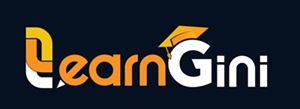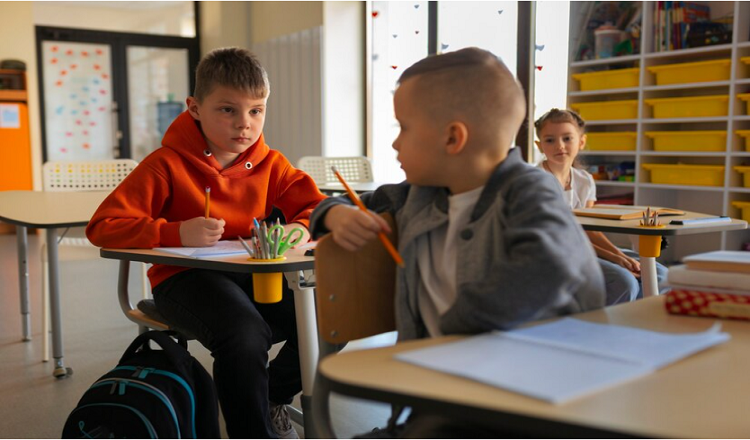We can’t say enough about how important schooling is for kids. Access to school can be even harder for kids with disabilities like being blind or having health problems. But as technology and ways of teaching have improved, it is now easier than ever for blind and physically disabled children to get a good education. In this piece, we’ll talk about different tools, methods, and strategies that can be used to help children with disabilities learn.
Understanding the Problems Blind and physically disabled kids Face
When it comes to school, children with disabilities face problems that other kids don’t have. Traditional ways of teaching that rely on visual tools like blackboards or textbooks may not work for blind children. In the same way, children who have physical problems may find it hard to do things that require them to move around. To give these children a good academic education, it’s important to understand the unique problems they face.
Problems that blind kids have to deal with
When it comes to school, blind children face a number of problems, such as: – Not having access to learning materials: Blind children may not be able to get their hands on textbooks or other learning tools that depend on pictures. – Difficulty reading and writing: Because braille is not an easy language to learn, blind children may have trouble reading and writing. Blind children may feel socially isolated when they can’t easily connect with other children.
Problems that children with physical problems face
Physically challenged children also have to deal with a number of problems in school, such as: – Learning settings that are hard to get to: Schools and colleges may not be made to meet the needs of children with physical disabilities. – Lack of specialised equipment: Children with physical disabilities may need things like wheelchairs or sticks to take part in some activities. Social isolation: Children with disabilities who can’t do certain things may feel like they don’t have any friends because they can’t do those things.
How and what to use to give an academic education
Even though blind and physically disabled children face unique problems, there are many ways and tools that can be used to give them an education that fits their needs. Here’s a list:
Tools for Learning in Braille
Braille is a language where letters and words are shown by raised dots. It is a very important way to teach blind kids. Tools for learning braille, like braille typewriters, braille screens that can be wiped clean, and braille notetakers, can help blind children learn to read and write easily.
Helpful Technology
Assistive technology is any tool or programme that helps children with disabilities do things that would be hard or impossible for them to do on their own. For example, screen readers can read out loud the text on a computer screen, making it easier for blind children to view digital content. In the same way, special buttons or switches can make it easier for children with physical disabilities to use computers and other digital devices.
Methods of Teaching for Everyone
The goal of inclusive teaching methods is to get everyone involved in the learning process. Teachers can make lessons that work for all children, even those with special needs. For example, instead of relying on visual aids, teachers can use auditory or tactile aids to make sure that all children can understand the material.
Making learning environments that everyone can use
All children can take part in activities and move around freely in a learning setting that is easy to get to. For children with physical disabilities, this means having classes that can fit wheelchairs, ramps to get to higher floors, and handrails in the bathrooms. Also, blind children can easily control the lighting in the learning area by using things like dimmer switches or changing the colour temperature.
How professors play a part in education
Instructors are an important part of giving blind and physically disabled children a good academic education. To help students with disabilities, teachers, teaching assistants, and other teachers need to be taught and given tools, methods, and special knowledge. This means knowing how to use braille, assistive technology, and other tools that help blind and physically disabled students learn. Teachers should also be aware of the needs of children with disabilities and be ready to give extra help when it’s needed.
In the end,
Academic education is a very important part of the lives of blind and physically disabled children. Children with disabilities can get the schooling they need to reach their full potential if they have the right tools and methods. When making academic education programmes, it’s important to think about the issues blind and physically challenged children face and make sure that learning environments are accessible and teachers are trained to meet their needs. In the end, the goal is to build a learning environment that is open to all children and meets their needs, no matter what kind of disability they have.
Read More You May Like:

